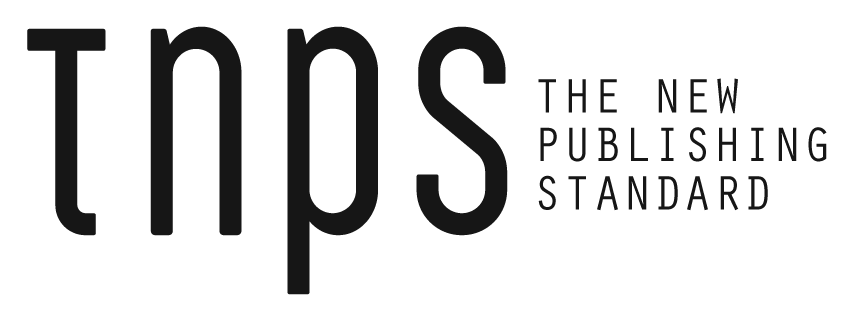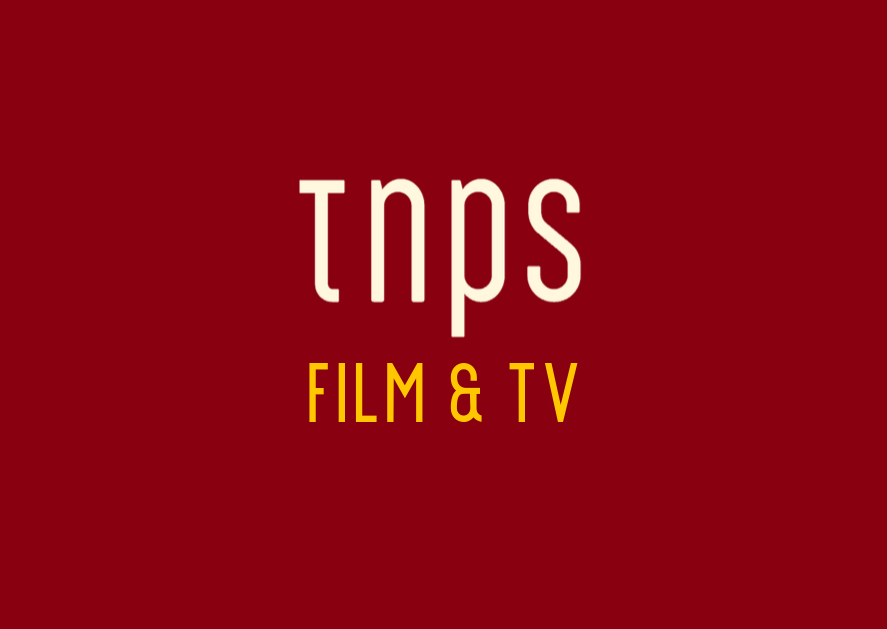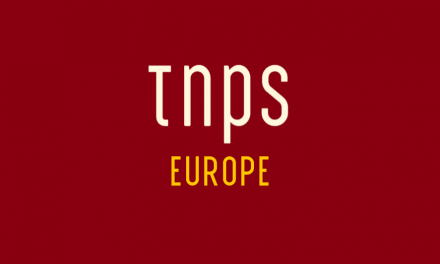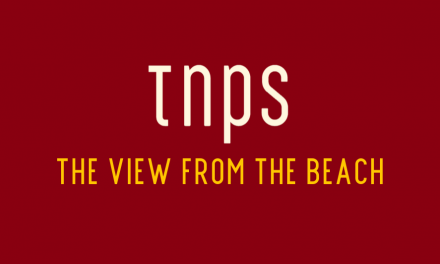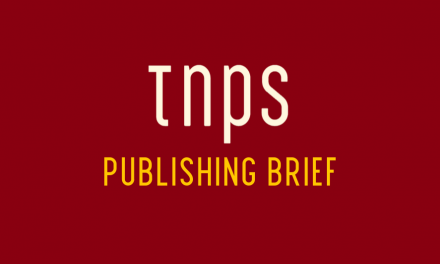The industry must prepare for a generation of AI-native creatives reshaping workflows.
The Rise of AI-Assisted Production
Dimension Studio’s new AI content pipeline – demonstrated through the animated short Mara & Milo: Magic & Mayhem – has cut production time from months to weeks while reducing costs by two-thirds.
By automating stages from storyboarding to voiceovers, the tool allows artists to focus on creativity rather than repetitive tasks.
Simon Windsor, Dimension’s co-CEO, emphasises that AI is not a replacement but an “additive” tool, enhancing workflows in character design, environment creation, and rapid prototyping.
Read the interview here
Implications for the Publishing Industry
While Dimension’s work focuses on animation, the publishing sector can draw parallels:
Speed & Cost Efficiency: AI could streamline illustration, layout design, and even adaptive content generation for children’s books, reducing time-to-market.
Hybrid Workflows: Just as Dimension uses AI to augment animators, publishers might integrate AI for cover art, typography, or localisation, freeing human talent for higher-value tasks.
Ethical Concerns: Windsor acknowledges AI’s disruptive potential, mirroring publishing’s debates over AI-generated text and illustrations. A responsible, artist-centric approach – like Dimension’s public ethics policy – will be crucial.
The Future: AI as a Creative Collaborator
Windsor sees AI as a “force multiplier”, enabling smaller teams to compete with larger studios. For publishing, this could mean:
Faster Prototyping: AI-generated mock-ups for picture books or interactive content.
Personalisation: Dynamic tailoring of educational or regional editions.
New IP Development: Rapid visualisation of book-to-screen adaptations.
Yet, as Windsor notes, human oversight remains key – AI should enhance, not replace, creative vision. The challenge for publishers is to adopt these tools ethically, ensuring they use tools trained on licensed content and in ways that empower rather than undermine artists and writers.
But the key takeaway here is simple:
The industry must prepare for a generation of AI-native creatives reshaping workflows.
This post first appeared in the TNPS LinkedIn newsfeed.
